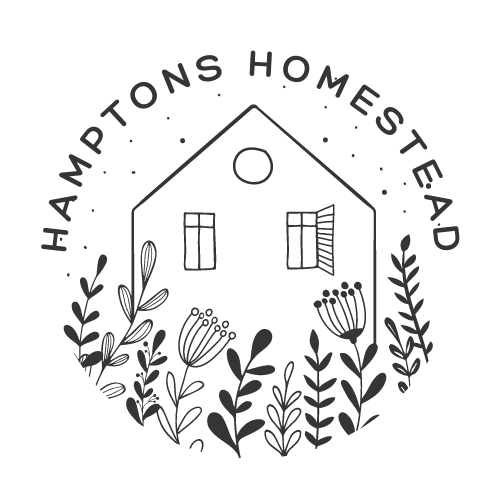Spring Planting with Heirloom Seeds
Choosing new seeds and watching them grow is one of the joys of gardening. Choosing Heirloom seeds is not only delicious and rewarding but a piece of garden revolution.
Spring is just around the corner and you may be wondering when to think about starting seeds, well…the time is now! Whether you’re just starting out or a seasoned pro, there’s nothing quite like watching those first green sprouts emerge from the soil and becoming a thriving plant. You may wonder what seeds are best to grow, and there are a lot of options out there! Organic, non-GMO, Heirloom, open-pollinated and so on. Though we often have a variety going, our goal is Heirloom and here’s why.

So what do I mean by Heirloom seeds? These are open-pollinated seeds that have been passed down through generations of gardeners. They’re often associated with a specific region or culture, and have a rich history that’s tied to their unique characteristics. Unlike hybrid seeds, which are created by cross-breeding different varieties to create new traits, heirloom seeds are stable and true to type, meaning that they’ll produce plants that are genetically identical to their parent plant. This is great if you find varieties you adore or want to maybe even want to get involved with seed saving (try here).
There are a few key reasons why heirloom seeds are so important. They’re often more flavorful and nutritious than their counterparts! This is because they’ve been bred for taste and nutrition over generations, rather than for traits like uniformity or shelf life. This makes them a great choice for home gardeners who are looking to grow food that’s both healthy and delicious. I can’t tell you how many times someone has tried something from our garden (or grown their own!) and been so surprised by the difference in flavor from the supermarket versions. It’s a long game, but this is a huge reason to grow your own…even if just a few things in pots or in your windowsill.


A HUGE reason we grow heirloom seeds is to help preserve biodiversity. In recent decades, there’s been a trend towards monoculture, which is the practice of growing large fields of a single crop. This can lead to a loss of genetic diversity, which makes crops more vulnerable to disease and pests. We are extinguishing crops at an alarming rate and even a small home garden can help stop this trend. By growing heirloom seeds, gardeners can help to preserve rare and unique varieties that might otherwise disappear.
Heirloom seeds are also more adaptable to local growing conditions. Because they’ve been passed down through generations of gardeners in a specific region, they’ve had time to adapt to the local climate and soil. This means that they’re often more resilient and productive than hybrids that have been bred for a wide range of growing conditions.
Ready to get started with your own seeds? While spring seems a distance thought, the time is now! You’ll need some high-quality seed-starting soil, seed trays, and a warm, sunny spot to place them in. Start by filling your seed trays with gently packed soil, and then planting your seeds according to the instructions on the packet. Keep the soil moist (water from the bottom if possible), and make sure to provide plenty of light as the seeds begin to germinate.
As your seedlings grow, you’ll want to make sure that they have enough space to develop strong roots. Once they’ve outgrown their seed trays, you can transplant them into larger pots or directly into your garden. Just be sure to harden them off gradually by exposing them to outdoor conditions for a few hours a day before transplanting them (more on this soon).
If you’re thinking about starting a garden this spring or want to try some new varieties, I hope you’ll think about using Herilooms! Not only will you be preserving biodiversity and growing delicious, nutritious food, but you’ll also be participating in a rich tradition that stretches back generations. Happy planting!

